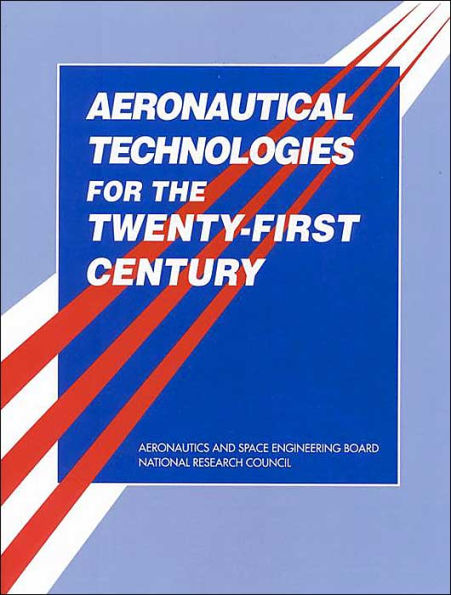Home
Aeronautical Technologies for the Twenty-First Century
Barnes and Noble
Aeronautical Technologies for the Twenty-First Century
Current price: $60.00


Barnes and Noble
Aeronautical Technologies for the Twenty-First Century
Current price: $60.00
Size: OS
Loading Inventory...
*Product information may vary - to confirm product availability, pricing, shipping and return information please contact Barnes and Noble
Prepared at the request of NASA,
Aeronautical Technologies for the Twenty-First Century
presents steps to help prevent the erosion of U.S. dominance in the global aeronautics market.
The book recommends the immediate expansion of research on advanced aircraft that travel at subsonic speeds and research on designs that will meet expected future demands for supersonic and short-haul aircraft, including helicopters, commuter aircraft, "tiltrotor," and other advanced vehicle designs.
These recommendations are intended to address the needs of improved aircraft performance, greater capacity to handle passengers and cargo, lower cost and increased convenience of air travel, greater aircraft and air traffic management system safety, and reduced environmental impacts.
Aeronautical Technologies for the Twenty-First Century
presents steps to help prevent the erosion of U.S. dominance in the global aeronautics market.
The book recommends the immediate expansion of research on advanced aircraft that travel at subsonic speeds and research on designs that will meet expected future demands for supersonic and short-haul aircraft, including helicopters, commuter aircraft, "tiltrotor," and other advanced vehicle designs.
These recommendations are intended to address the needs of improved aircraft performance, greater capacity to handle passengers and cargo, lower cost and increased convenience of air travel, greater aircraft and air traffic management system safety, and reduced environmental impacts.

















